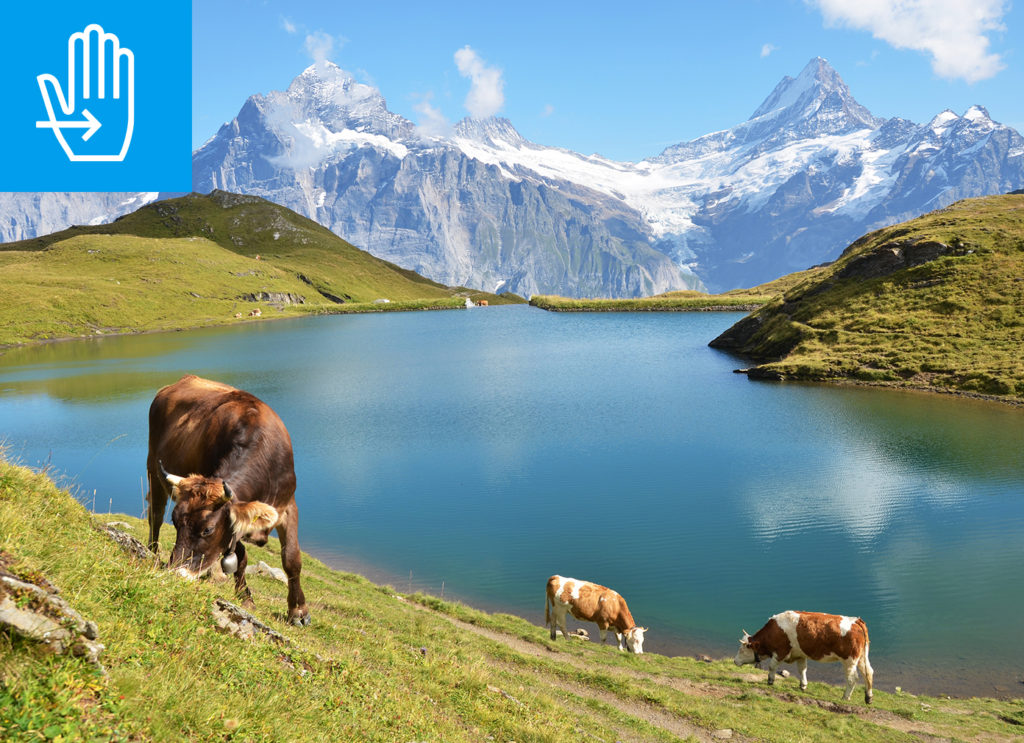
Hopefully one day soon you’ll be able to take your students to Switzerland, where they can learn how to make butter from some real experts. Until then, here is a fun lesson that teaches them to make butter, which just involves shaking heavy cream in a jar, while providing them an opportunity to practice their scientific observation skills.
To share this project with your students, you can share this article, download our student PDF, or incorporate pieces of it into your existing lessons.
To get started, let’s review the steps of the scientific method:
- Craft a question
- Conduct research
- Create a hypothesis
- Experiment to test your hypothesis
- Make observations during your experiment
- Analyze your results and draw a conclusion
- Communicate your findings
Sound familiar? Now let’s put it into action:
- Craft a question
We can help you out with this one. In our experiment today, our aim is to make butter. Our guiding question is: What will happen when we shake heavy cream in a jar?
- Conduct research
Do a little bit of research, and try to find out what you can about cream. For example, what are the primary components in milk? Remember, this research will help you craft your hypothesis. Bonus: Look up the word “colloid.” How might this term connect to our experiment?
- Create a hypothesis
Respond to the guiding question: What will happen when we shake heavy cream in a jar? Try using the phrase “I believe ___ because ___.”
- (and 5.) Experiment to test your hypothesis, and make observations during your experiment
Now that you’ve crafted your hypothesis, let’s test it! Here’s the experiment we’ve designed for you:- Put heavy cream in a glass jar or container—with a marble, if you have one. Shake the container “vigorously and constantly” for 10 minutes. Every minute, stop shaking and hold the container up to the light. Record your observations.
- At any time, if you see, hear, or feel any changes inside the container, note the time and the change.
- After 10 minutes of shaking, you should have a lump of butter surrounded by liquid inside the container. Make observations of both.
- After the container sits for about 10 minutes, observe the butter and liquid again, recording your observations as you did before.
- Analyze your results and draw a conclusion
Take a look at your notes and observations. What did you notice? What can you conclude from that? Remember to revisit our question: What will happen when we shake heavy cream in a jar? Did you find out what a colloid is? Does it inform your conclusion? Take it further! Did the heavy cream go through a physical or chemical change? Can you undo this change to return the jar to heavy cream?
- Communicate your findings
Write up your findings, or take a video of yourself explaining your conclusion. Make sure to share what you’ll be eating your butter with!
We hope you enjoy this tasty (and educational!) experiment.
Related articles
